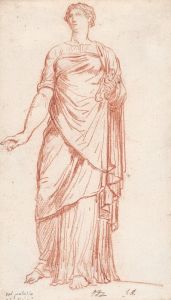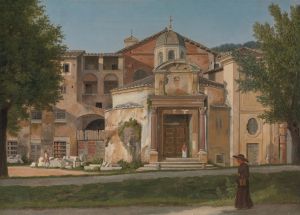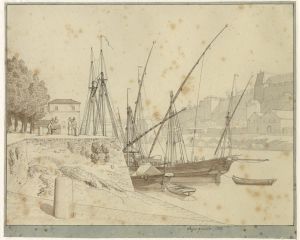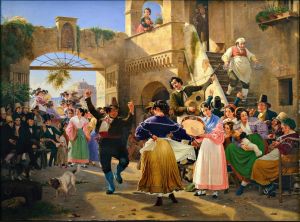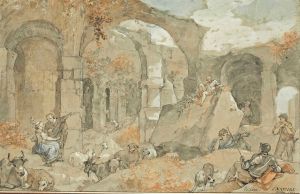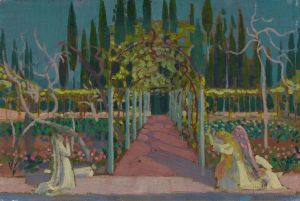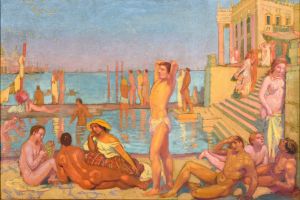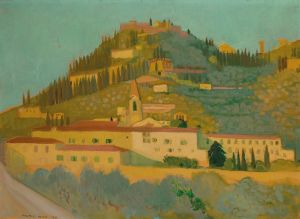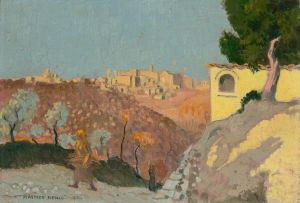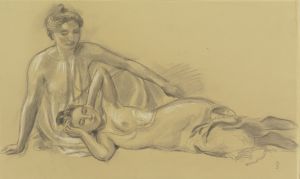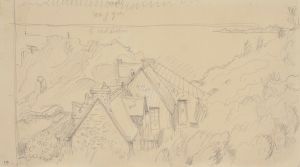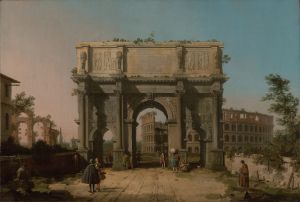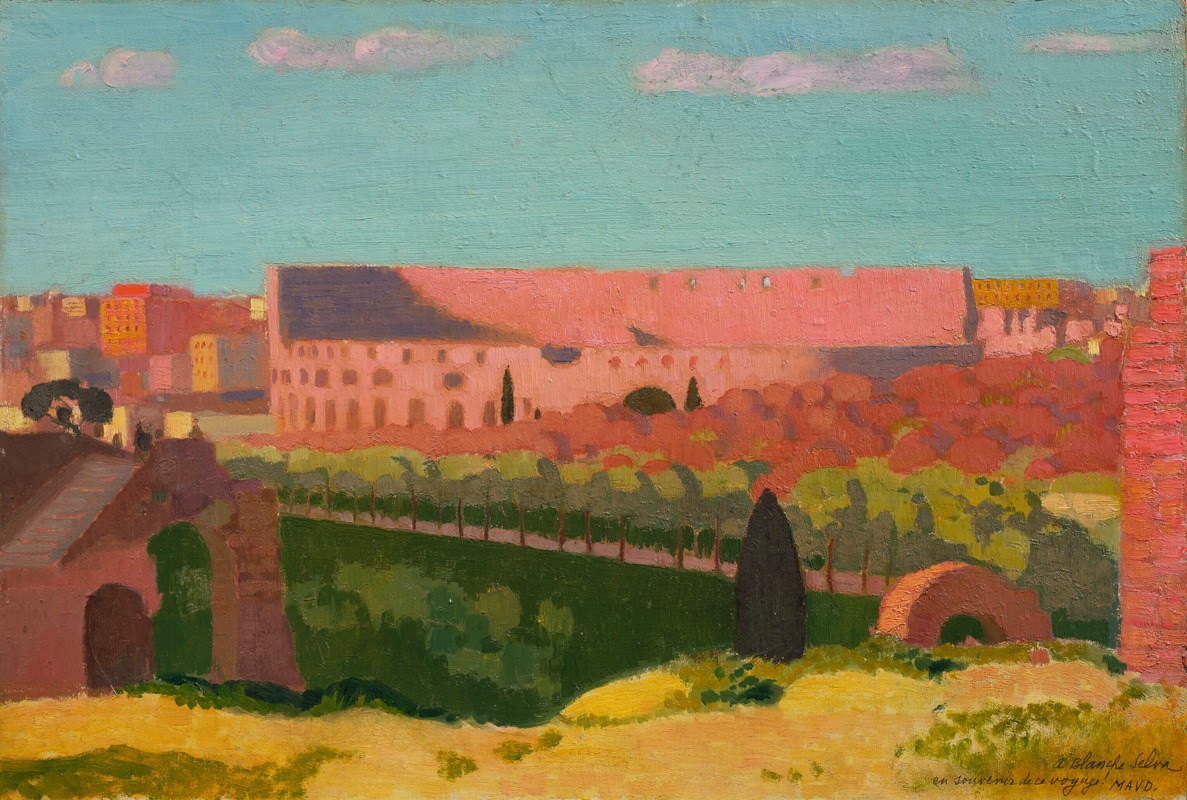
Vue du Colisée
A hand-painted replica of Maurice Denis’s masterpiece Vue du Colisée, meticulously crafted by professional artists to capture the true essence of the original. Each piece is created with museum-quality canvas and rare mineral pigments, carefully painted by experienced artists with delicate brushstrokes and rich, layered colors to perfectly recreate the texture of the original artwork. Unlike machine-printed reproductions, this hand-painted version brings the painting to life, infused with the artist’s emotions and skill in every stroke. Whether for personal collection or home decoration, it instantly elevates the artistic atmosphere of any space.
Maurice Denis, a prominent French painter and a leading figure in the Symbolist and Nabi movements, created the painting "Vue du Colisée" in 1894. Denis is renowned for his contributions to modern art, particularly for his emphasis on the decorative and symbolic aspects of painting. His works often reflect his interest in religious themes, as well as his fascination with the interplay of color and form.
"Vue du Colisée" is a testament to Denis's unique style, which blends elements of symbolism with a decorative approach. The painting depicts a view of the Colosseum in Rome, an iconic symbol of ancient Roman architecture and history. Denis's interpretation of this historic monument is not merely a realistic representation but rather an exploration of its symbolic and aesthetic qualities. The Colosseum, with its grand arches and historical significance, serves as a backdrop for Denis's exploration of color, light, and form.
In "Vue du Colisée," Denis employs a palette that reflects his interest in the emotional and symbolic potential of color. The painting is characterized by its harmonious use of muted tones, which imbue the scene with a sense of tranquility and timelessness. Denis's brushwork is deliberate and controlled, emphasizing the structural elements of the Colosseum while also allowing for a certain fluidity and softness in the depiction of the surrounding environment.
Denis's approach to composition in "Vue du Colisée" is indicative of his broader artistic philosophy, which prioritizes the decorative arrangement of forms and colors over strict adherence to naturalistic representation. This approach aligns with the principles of the Nabi movement, which sought to transcend the limitations of realism and explore the spiritual and symbolic dimensions of art. By focusing on the aesthetic and emotional resonance of the scene, Denis invites viewers to engage with the painting on a deeper, more introspective level.
The painting also reflects Denis's interest in the interplay between the past and the present. The Colosseum, as a relic of ancient Rome, serves as a reminder of the enduring legacy of history and culture. Denis's depiction of this monument suggests a dialogue between the historical significance of the site and the contemporary artistic concerns of his time. This tension between tradition and modernity is a recurring theme in Denis's work, highlighting his commitment to exploring the evolving role of art in society.
"Vue du Colisée" is a significant example of Maurice Denis's contribution to the development of modern art. Through his innovative use of color, form, and composition, Denis challenges viewers to reconsider the relationship between art and reality. His work continues to be celebrated for its ability to convey complex ideas and emotions through a deceptively simple and elegant visual language.
Today, Maurice Denis is remembered as a pivotal figure in the transition from 19th-century academic art to the more experimental and expressive approaches of the 20th century. "Vue du Colisée" remains an important work within his oeuvre, exemplifying his unique vision and enduring influence on the world of art.





